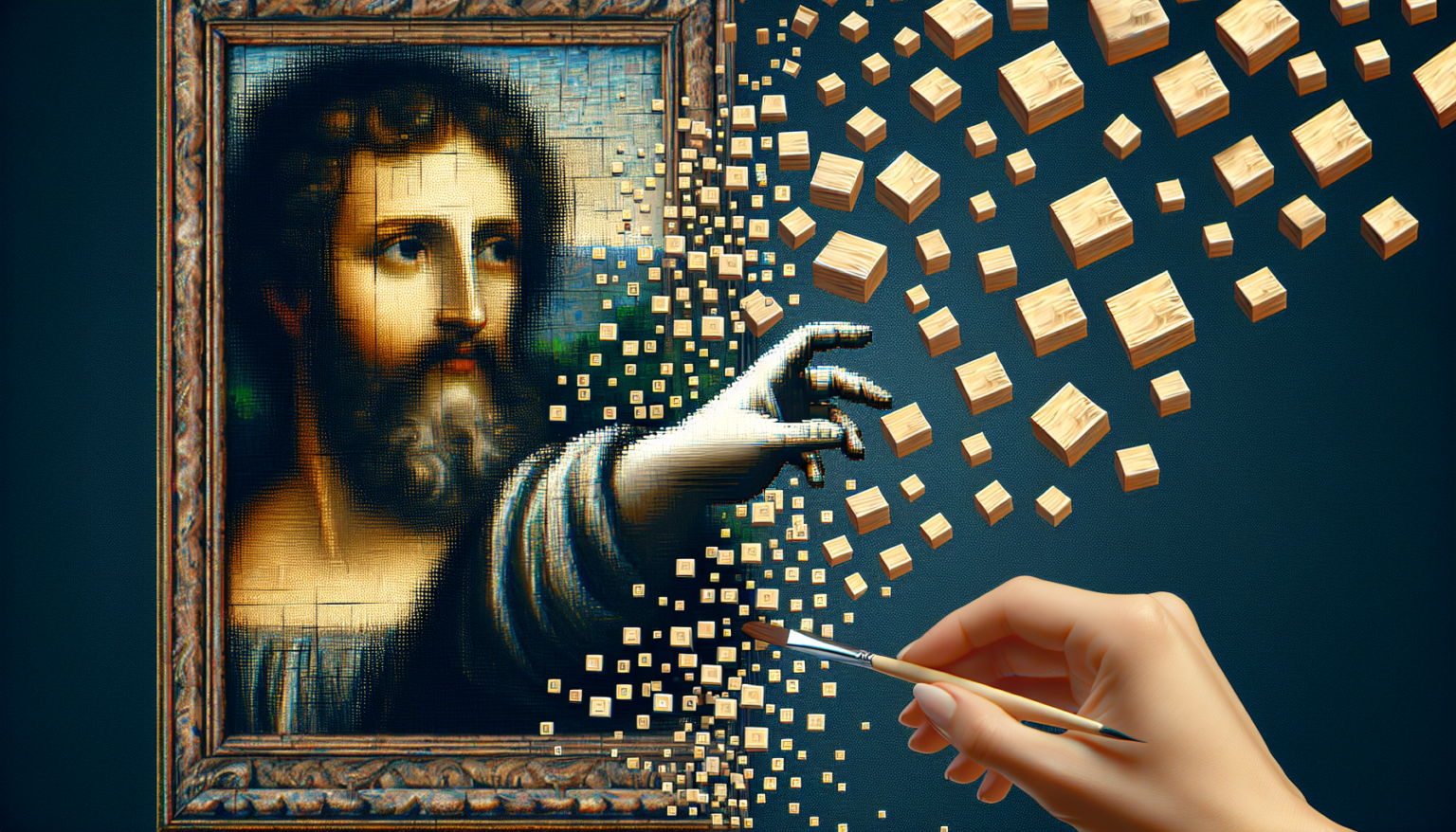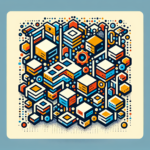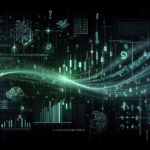Understanding Tokenization in the Art World
What is Tokenization?
Tokenization refers to the process of converting rights to an asset into a digital token on a blockchain. In the context of artwork, this means creating a digital representation of an artwork that can be bought, sold, and traded on various platforms. Each token serves as a unique identifier, signifying ownership and authenticity of the piece.
Why Tokenization Matters
Traditional art ownership can be cumbersome. High costs, exclusivity, and issues surrounding provenance make it difficult for new collectors to enter the market. Tokenization breaks down these barriers, allowing more people to invest in art and providing artists with new avenues for revenue.
Real World Assets (RWA) and Their Role in Art Tokenization
What are Real World Assets?
Real World Assets, or RWAs, are tangible and verifiable assets that exist in the physical world, such as real estate, commodities, or, in this case, art. By linking these assets to digital tokens, RWAs allow for an easier transfer of ownership and verifiable authenticity.
Connecting RWAs to Digital Tokens
When an artwork is tokenized as an RWA, a portion of its value is fractionalized into smaller, more affordable units. Each unit can be owned by multiple people, widening access to investments in artworks that previously may have been out of reach. This makes art not only an asset but also a shared experience.
The Mechanics of Art Tokenization
Creating a Tokenized Artwork
To create a tokenized version of an artwork, the artist or owner typically goes through a few key steps:
1. Valuation
The first step involves determining the artwork’s market value through appraisal or comparison with similar pieces. This value forms the basis for how many tokens will be issued.
2. Fractionalization
Once the value is established, the total value is divided into tokens. For instance, if a painting is worth $100,000 and is fractionalized into 10,000 tokens, each token represents 1/10,000th of the artwork.
3. Minting Tokens
The fractionalized tokens are then minted onto a blockchain. This process involves creating the digital tokens that will represent ownership in the art piece.
4. Establishing Provenance
One of the key benefits of tokenizing art is the ability to establish and maintain provenance. The blockchain serves as a permanent record of ownership and transaction history, which adds to the artwork’s value and legitimacy.
Benefits of Tokenization for Artists and Collectors
For Artists
Tokenization opens up new revenue streams for artists. By selling fractional ownership of their work, they can reach a broader audience and generate income even after the initial sale.
1. Repeat Sales
When an artwork is tokenized and sold as fractional shares, artists can often earn royalties from secondary sales, similar to the music industry’s model.
2. Greater Exposure
Having art on a tokenized platform increases visibility. New collectors may discover works they might otherwise overlook in traditional galleries.
For Collectors
For collectors, tokenized art presents unprecedented opportunities:
1. Access to High-Value Art
With fractional ownership, collectors can invest smaller amounts in high-value pieces. This democratizes access to art that was once deemed exclusive to wealthy individuals.
2. Liquidity
Tokenized artworks can be more liquid than traditional art investments. Collectors can buy and sell their shares more readily on secondary markets, enhancing the art’s potential as an investment.
Challenges of Tokenization in the Art Industry
Legal and Regulatory Issues
Navigating the legal landscape surrounding tokenization can be complicated. Questions about copyright, ownership rights, and tax implications need to be carefully considered. Legal frameworks are still evolving to catch up with the technological advancements of blockchain.
Market Volatility
The art market can be unpredictable. While tokenization offers new investment avenues, it does not guarantee stability. Investors must remain aware of the risks associated with art as a volatile asset class.
Fraud and Authenticity Concerns
Although blockchain enhances provenance, it does not eliminate the risk of fraud entirely. For instance, if a fake artwork is tokenized, the digital record will reflect ownership of a non-existent piece. It is essential to perform due diligence before investing in tokenized art.
The Future of Art Tokenization
Innovations on the Horizon
As technology evolves, the art world stands on the brink of a transformation. Innovations such as augmented reality (AR) and virtual reality (VR) could augment the experience of owning tokenized art, providing immersive experiences for collectors.
Integration with Other Technologies
The combination of tokenization with artificial intelligence (AI) could lead to more effective valuation techniques and personalized recommendations for collectors.
The Rise of NFT Art
Non-fungible tokens (NFTs) have already made a significant impact in the art world, with digital artists selling works for millions of dollars. The intersection of tokenization and NFTs might lead to even more diverse investment opportunities.
Conclusion
As the tokenization of art continues to unfold, it offers exciting possibilities for both artists and collectors. While challenges remain, the potential for redefining ownership and investment in the art world is significant. The future is bright for those willing to embrace this innovative approach to art ownership.








